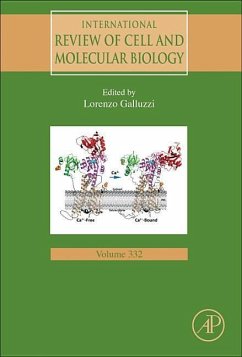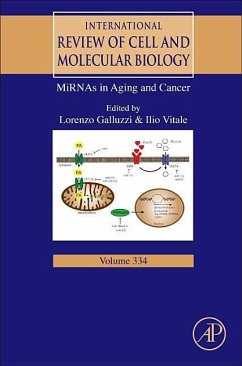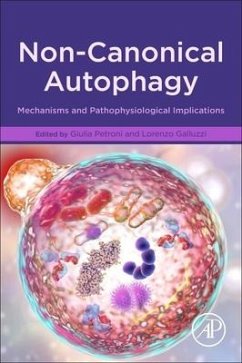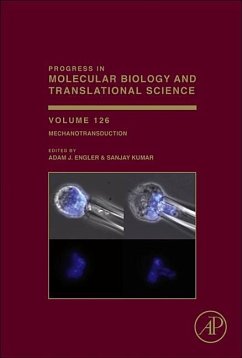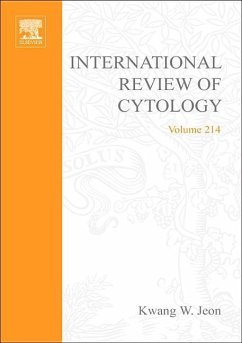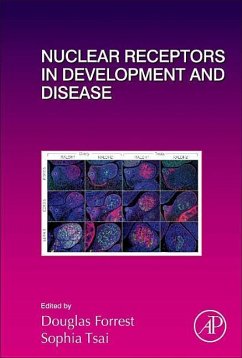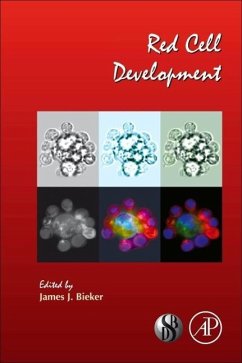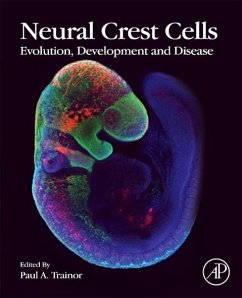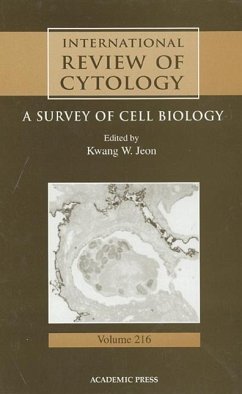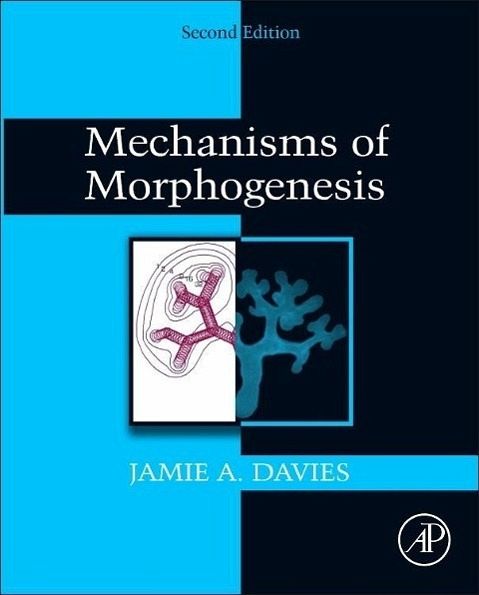
Mechanisms of Morphogenesis

PAYBACK Punkte
42 °P sammeln!
Morphogenesis is the set of processes that generate shape and form in the embryo--an important area within developmental biology. An exciting and up-to-the-minute account of the very latest research into the factors that create biological form, Mechanisms of Morphogenesis, second edition is a text reference on the mechanisms of cell and tissue morphogenesis in a diverse array of organisms, including prokaryotes, animals, plants and fungi.By combining hard data with computer modeling, Mechanisms of Morphogenesis, second edition equips readers with a much broader understanding of the scope of mo...
Morphogenesis is the set of processes that generate shape and form in the embryo--an important area within developmental biology. An exciting and up-to-the-minute account of the very latest research into the factors that create biological form, Mechanisms of Morphogenesis, second edition is a text reference on the mechanisms of cell and tissue morphogenesis in a diverse array of organisms, including prokaryotes, animals, plants and fungi.
By combining hard data with computer modeling, Mechanisms of Morphogenesis, second edition equips readers with a much broader understanding of the scope of modern research than is otherwise available. The book focuses on the ways in which the genetic program is translated to generate cell shape, to direct cell migration, and to produce the shape, form and rates of growth of the various tissues. Each topic is illustrated with experimental data from real systems, with particular reference to gaps in current knowledge and pointers to future
By combining hard data with computer modeling, Mechanisms of Morphogenesis, second edition equips readers with a much broader understanding of the scope of modern research than is otherwise available. The book focuses on the ways in which the genetic program is translated to generate cell shape, to direct cell migration, and to produce the shape, form and rates of growth of the various tissues. Each topic is illustrated with experimental data from real systems, with particular reference to gaps in current knowledge and pointers to future




